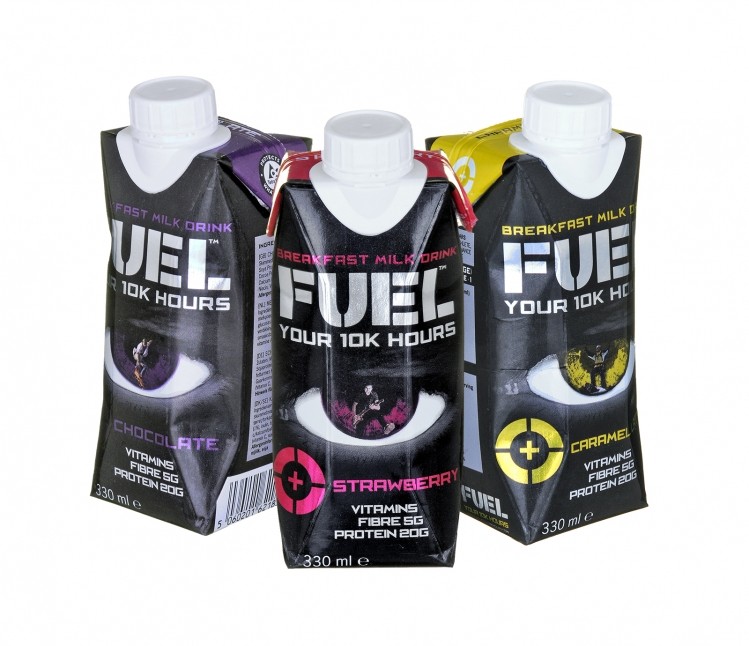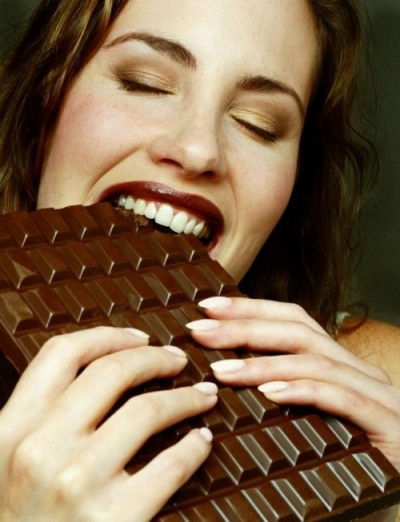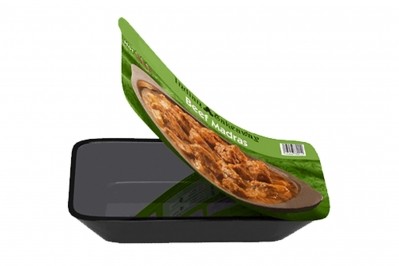Man packaging: not for girls?

Barney Mauleverer, partner at Fresh Marketing, saw just such an opportunity. The company’s Fuel brand was able to enter the breakfast category some 18 months ago because it set out to solve a specific problem, he said.
“Research showed that young men were going off in the morning and missing breakfast,” he explained. “We argued that, if you appealed to those younger, active males who understand trends in protein and fibre, for instance, then there was an opportunity. We wouldn't have stood a chance as a catch-all brand.”
The Fuel range has included granola, porridge pots and around a year ago breakfast drinks, all in a distinctive black livery.
Gender cues in packaging
According to a survey by show organiser easyFairs, 42% of 500 marketing and packaging professionals questioned thought that gender cues in packaging sold more product. Across all sectors, 39% said they had considered including gender bias in their packaging to improve sales.
But despite some high-profile examples, gender-orientated packaging for men in mainstream food and drink (as opposed to alcohol) seems a relatively under-exploited opportunity.
In fact, whatever the cues might suggest, any explicitly-stated gender exclusivity would be “shooting yourself in the foot,” said Mauleverer, “and produce all sorts of chaos.”
Even where gender bias is explicit, as in the example of Yorkie, the intention is typically more about joking and provoking than excluding anyone. But where those cues are implicit, it can often say more about the attitudes of the target consumer than his or her gender, Mauleverer stated. “We’re swayed by brands, full-stop, and they’re all going to home in on certain types of consumer.”
Fuel’s Kantar figures do not break down sales by gender, but its Facebook page suggested a 75% men/25% women split when it comes to consumers who engage with the brand, he said.
Mauleverer added that packaging designs dominated by black do not appeal only to men. He cited the example of Gü, which is probably more orientated towards women, and where the black is more of a luxury cue.
Traditionally neglected males
This type of play around a gender theme is not restricted to the UK. Last year, Danone Bulgaria launched its Danone Za Men range of yogurts a category traditionally neglected by males. It differentiated the brand by using black packaging, specific fonts for the text and square-profile pots.
But spokeswoman Tsvetelina Georgieva said: “The name has a specific double meaning in Bulgarian: ‘Danone for men’ and ‘Danone for me’.” She added: “A lot of women consume the brand.”
Nonetheless, Danone reported at the time that it had researched the market by talking to “Bulgarian men and their wives”.


















